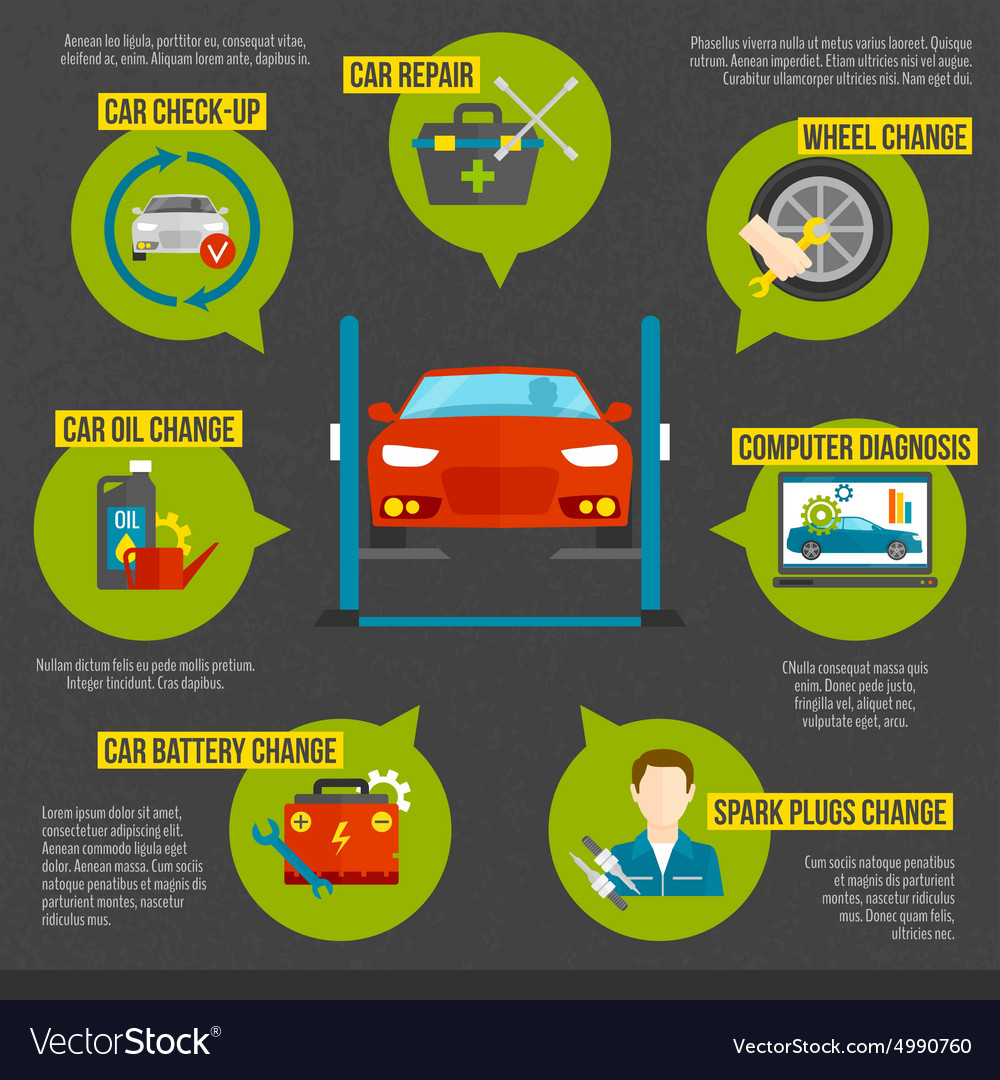Wondering About The Definition Behind Those Control Panel Warning Lights? Gain Insights Right Into Their Ramifications For Your Car'S Safety And Maintenance
Wondering About The Definition Behind Those Control Panel Warning Lights? Gain Insights Right Into Their Ramifications For Your Car'S Safety And Maintenance
Blog Article
Content Writer-Termansen Forbes
When you lag the wheel, those beautiful caution lights on your dashboard can be a bit complicated. Do you understand what they're trying to tell you about your automobile's health? Understanding the significance of these lights is essential for your safety and the longevity of your lorry. So, the following time among those lights appears, wouldn't you want to understand its message properly and take the required steps to resolve it?
Common Warning Lights and Interpretations
Recognize typical warning lights in your vehicle and understand their meanings to make certain safe driving.
One of the most common warning lights consist of the check engine light, which signifies concerns with the engine or exhausts system. If this light begins, it's essential to have your vehicle checked quickly.
The oil pressure advising light suggests low oil stress, calling for prompt interest to prevent engine damages.
A flashing battery light could suggest a faulty billing system, possibly leaving you stranded otherwise resolved.
simply click the up coming webpage monitoring system (TPMS) light signals you to reduced tire stress, impacting vehicle stability and fuel effectiveness. Disregarding this could cause dangerous driving problems.
The ABS light indicates an issue with the anti-lock stopping system, endangering your capability to quit promptly in emergency situations.
Finally, the coolant temperature level alerting light warns of engine getting too hot, which can result in severe damage otherwise solved swiftly.
Understanding these typical warning lights will certainly assist you resolve issues promptly and maintain risk-free driving problems.
Significance of Prompt Focus
Understanding the typical caution lights in your auto is only the first step; the relevance of quickly resolving these warnings can't be stressed enough to ensure your security when driving.
When https://brakes40617.creacionblog.com/31086808/submerse-yourself-in-the-specialist-car-outlining-industry-getting-useful-understandings-from-a-knowledgeable-specialist illuminates on your dashboard, it's your car's method of connecting a possible problem that needs interest. Neglecting these cautions can cause much more extreme problems later on, compromising your safety and potentially costing you a lot more in repairs.
Trigger focus to warning lights can avoid malfunctions and crashes. For instance, a flashing check engine light can suggest a misfire that, if left unattended, can trigger damages to the catalytic converter. Resolving this promptly can save you from a costly fixing.
In a similar way, a brake system cautioning light could signal low brake liquid or used brake pads, essential elements for your safety when driving.
DIY Troubleshooting Tips
If you notice a caution light on your control panel, there are a couple of DIY troubleshooting tips you can try prior to looking for expert aid.
The very first step is to consult your automobile's manual to comprehend what the certain caution light indicates. Sometimes the issue can be as basic as a loosened gas cap setting off the check engine light. Tightening up the gas cap may deal with the problem.
Recommended Web site is a reduced battery, which can set off various cautioning lights. Checking the battery links for deterioration and ensuring they're protected could take care of the problem.
If a caution light lingers, you can attempt resetting it by separating the car's battery for a few minutes and afterwards reconnecting it. In addition, examining your lorry's liquid levels, such as oil, coolant, and brake liquid, can help troubleshoot advising lights connected to these systems.
Verdict
In conclusion, understanding your automobile's warning lights is vital for maintaining your automobile running smoothly and securely. By immediately addressing these signals and understanding what they suggest, you can avoid costly repair work and potential break downs.
Bear in mind to consult your vehicle's manual for specific information on each alerting light and act accordingly to guarantee a trouble-free driving experience.
Remain educated, remain risk-free when driving!
